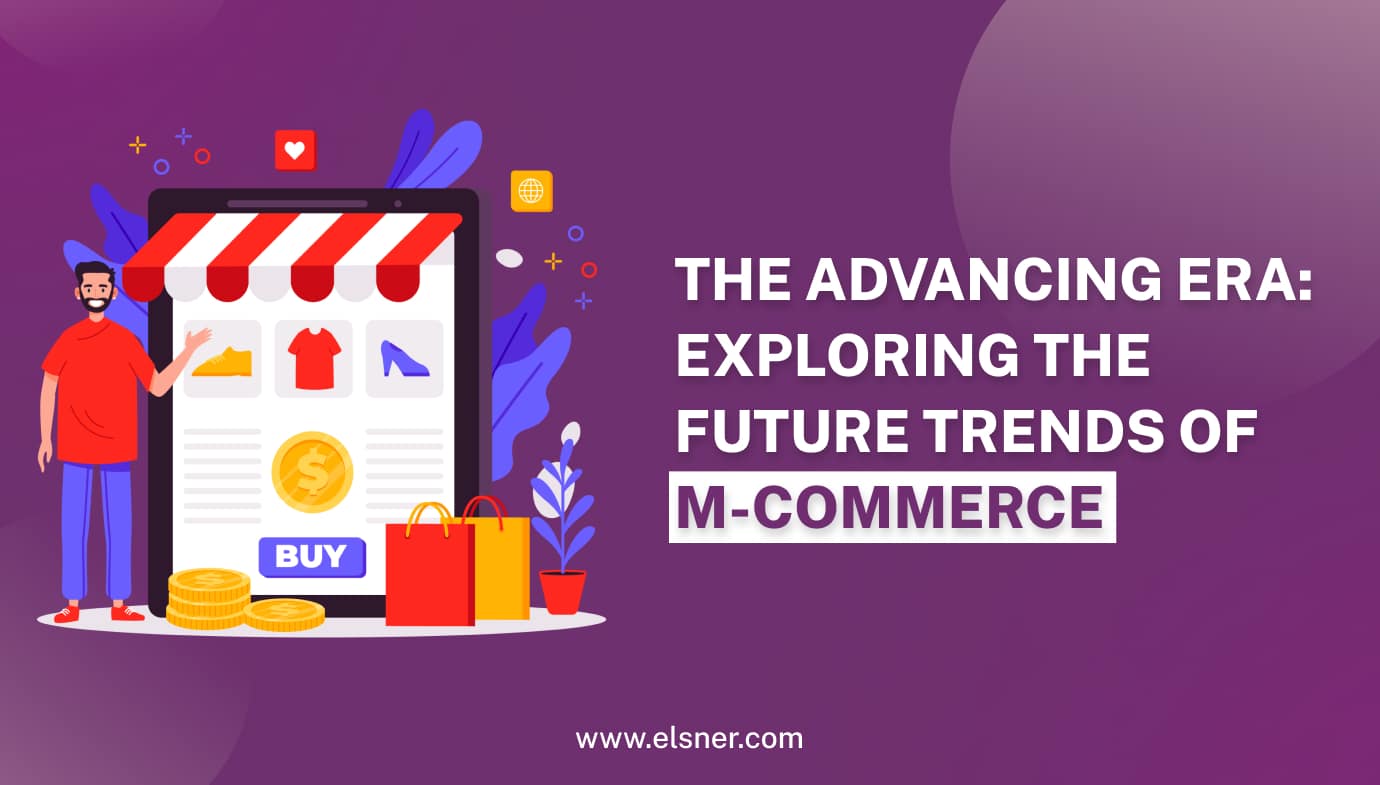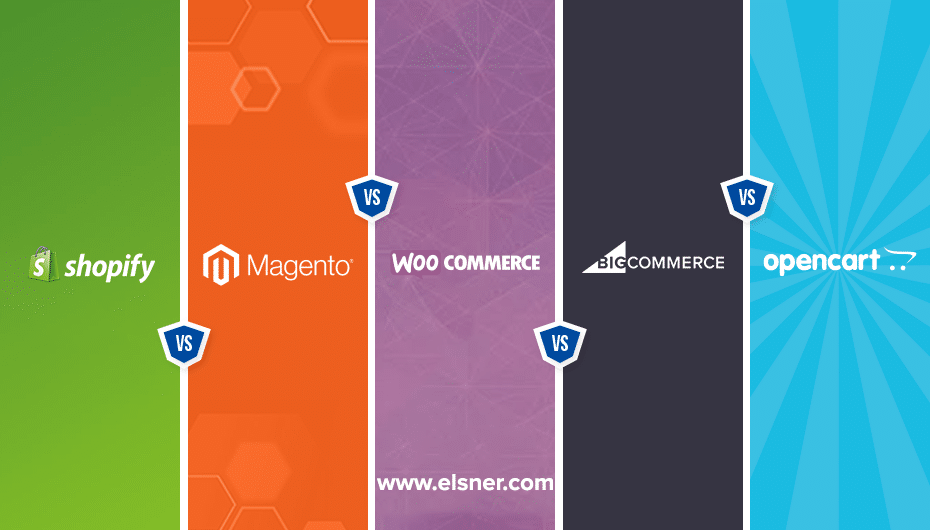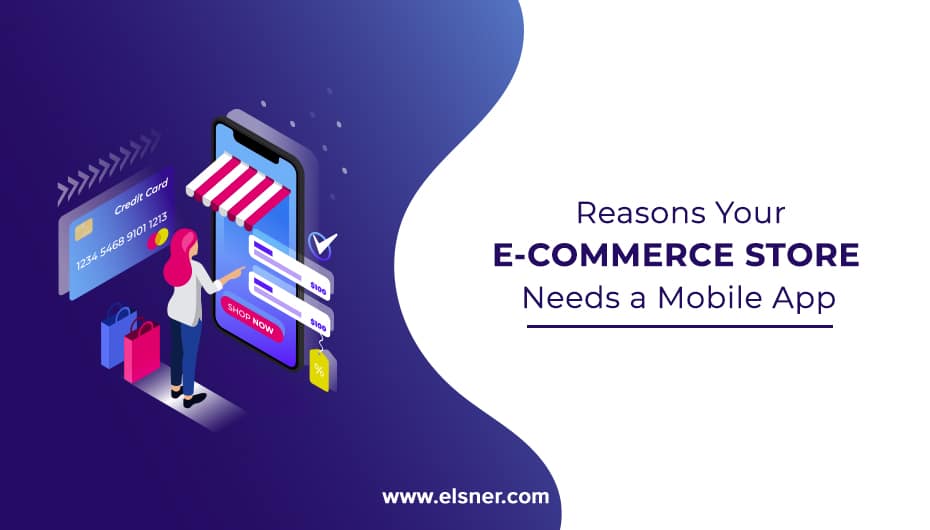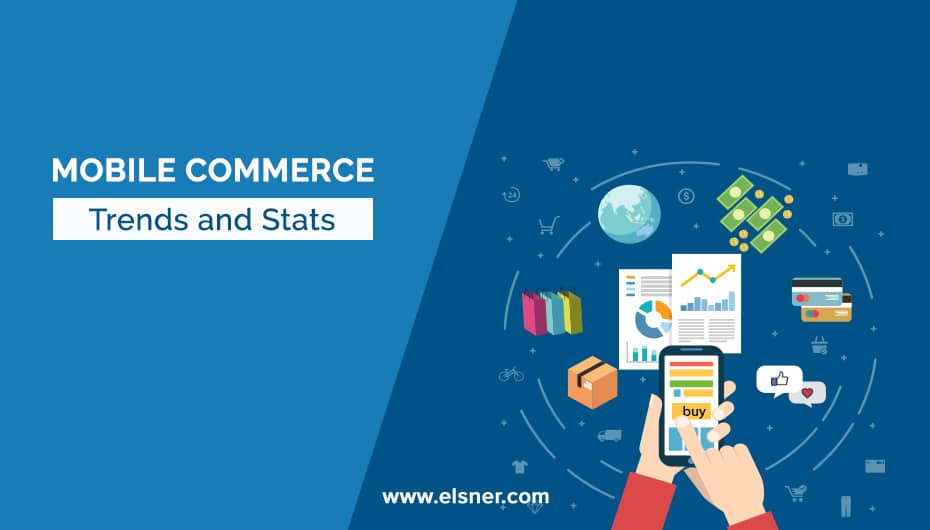The advent of mobile commerce, commonly known as M-commerce, has brought about a transformative shift in the business landscape and customer engagement. This rapidly expanding technology presents many benefits compared to conventional commerce and e-commerce, enhancing the convenience, accessibility, and security of the shopping experience for consumers. It has gained popularity as a convenient avenue for consumers to shop online. Below are several benefits and key points M-commerce provides in contrast to conventional commerce and e-commerce.
Types of M-commerce:
M-commerce encompasses the three major approaches to mobility and businesses. It includes the Mobile in-app purchase, Mobile Banking virtual marketplaces and Mobile payments.
- Mobile Shopping enables customers to purchase products and services using a wireless/mobile device with an e-commerce or Web application. With features like personalized recommendations and access to various products, mobile shopping has become increasingly popular, transforming the retail industry and offering a convenient way to shop on the go.
- Mobile Banking performs financial transactions using a mobile device like a cell phone or tablet. It covers various activities, including receiving notifications regarding fraudulent or transactional events and more intricate tasks like bill payments or international money transfers. The benefits of mobile banking lie in its ability to provide convenient banking services from any location and at any time.
- Mobile payments involve utilizing smartphones or tablets to conduct financial transactions, such as peer-to-peer transfers, contactless payments, in-app purchases, and mobile wallet usage. They provide convenience, accessibility, and swiftness, enabling users to make payments at any time and location without relying on physical cash or cards. However, ensuring the security of personal information and taking preventive measures against potential risks associated with mobile payments are of utmost importance.
M-commerce has become one of the most popular shopping methods in recent years. It offers convenience and ease of use that traditional shopping methods cannot match. Weigh the pros and cons of m-commerce before deciding if it is the right fit for you. This article explores both the advantages and disadvantages of this method so that you can make an informed decision.
Pros of M-commerce:
- Creates Marketing Channel – M-commerce creates a new marketing channel, allowing easy product sales and instant access to comprehensive information through mobile apps.
- Convenience- M-commerce enables convenient and flexible shopping using mobile devices. With mobile apps and optimized websites, customers can easily browse, purchase, and complete transactions with a few taps—no need for physical stores or desktop computers.
- Large Customer Base – M-commerce expands the customer base and enhances retention. Mobile analytics provides insights for personalized offers, boosting retention.
- Omnichannel Experience- M-commerce enables omnichannel sales across e-commerce websites, Amazon, eBay, and Instagram. Customers can buy conveniently anywhere, anytime.\
Cons of M-commerce:
- Payment issues: Not all geographic locations have access to mobile payment options and not all digital wallets are supported universally.
- Tax Compliances – Businesses must comply with the tax laws of all countries they ship to. Some businesses limit purchases and shipments to their country of origin to simplify tax compliance.
- Connectivity & technical issues: Mobile connectivity can vary depending on location and network coverage. Poor internet connection or technical glitches can hinder the shopping experience, leading to customer frustration.
M-commerce Stats and Trends:
According to a survey, At the current time, 6.5 million people are using a smartphone, which depends on how and what time people use a smartphone. By the end of 2022, mobile commerce sales hit $3.56 billion, meaning this shopping channel is relevant globally.
In today’s paced world, people want to do everything quickly and efficiently. Here, We explain some standard trends of E-commerce which you should know in 2023.
- On click Shopping – With an average cart abandonment rate of 85.6%, mobile commerce demonstrates significant potential. Adopting one-click ordering enables customers to save time and indicates a lasting m-commerce trend.
- Progressive Web Apps– PWA lets users install websites as apps on their smartphones. PWAs behave like native apps, take up less space, and offer benefits like instant updates, push notifications, offline access, and fast loading times. Users can install and access them through the browser from their device’s home screen, enjoying content-specific animations, nutrition info, and customizable orders.
- Voice Shopping- Voice shopping allows consumers to utilize virtual assistants such as Siri and Alexa to make online purchases. With 71% of customers favoring voice search over text, businesses can leverage this emerging trend in mobile commerce. Recent m-commerce statistics indicate that voice shopping has generated a staggering $40 billion in the past year.
- Augmented Reality– Augmented reality benefits businesses by offering interactive product showcases and virtual try-on experiences. Augmented fitting rooms for clothing and furniture help customers visualize their choices. With the AR app market expected to reach $15.5 million by 2023, embracing this m-commerce trend can outpace rivals and boost revenue. AR is changing shopping concepts and enhancing customer experiences.
M-Commerce is experiencing an explosive growth trajectory, poised to reach unprecedented heights in 2023, as consumer adoption and mobile shopping habits continue to soar. Below mentioned are thrilling stats on M-commerce,
- Unveiling the Spectacular Growth: M-commerce Market Predicted to Hit $510 Billion by 2023.
- Mobile Revolution: 89% of Grocery Shoppers Embrace Mobile Devices in Physical Stores.
- The dominance of Mobile: Paid Search Click Share Soars to 61.9% in 2023.
- US Mobile Commerce Shatters Records: Revenue Surpassed $431 Billion in 2022.
- Mobile Purchasing Power: 80% of Users Make Online Transactions on their Devices within 6 Months.
- User Preference Unveiled: Over 51% Choose Mobile Web Apps for Convenient Shopping with Consistent UI
- Voice Commerce Takes Off: Anticipated Sales of $19.4 Billion by 2023
Future of Mobile E-commerce:
Mobile commerce is undergoing a transformative evolution, expanding its reach to a broader audience. Insider Intelligence predicts that 6.9% of retail transactions will occur via mobile devices in 2022, and by 2025, m-commerce is projected to contribute 10.4% to total retail sales. Numerous businesses are embracing mobile commerce to stay ahead of their rivals to stay competitive.
The following are some of the current and future mobile commerce trends:
1. Mobile Search Engine Optimization
Mobile-responsive websites are essential, with more smartphone users accessing the internet. Non-mobile-friendly sites risk user abandonment, increasing bounce rates and hurting SEO. Building adaptive mobile websites is crucial for businesses.
2. Mobile Reconnecting
Mobile reconnecting is an advanced approach within location-based mobile marketing, allowing marketers to strategically target potential customers based on context. Businesses can achieve a higher return on investment by sending ads to users who have engaged with their mobile app or presenting targeted ads to those near their store. This effective advertising strategy is poised to gain further popularity in the future.
3. Virtual Shopping Assistant
In the future, we can expect the rise of Virtual Shopping Assistants in mobile commerce. These AI-powered tools will interact with users, utilizing advanced technologies like natural language processing and machine learning. They will provide personalized recommendations, assist with purchase decisions, and facilitate seamless transactions on mobile devices.
4. Chatbot Assistant
The future of Chatbot Assistants in m-commerce is bright. These AI-powered agents will become more sophisticated, integrating seamlessly with mobile commerce platforms. They will offer personalized assistance, advanced features like visual search and voice interactions, and proactive user engagement. Chatbot Assistants will enhance the mobile commerce experience, boost customer engagement, and improve conversion rates.
5. Mobile Ticketing
The days of waiting in long lines to purchase movie or concert tickets are long gone. Mobile ticketing allows users to conveniently buy and receive tickets directly on their smartphones. This eliminates the hassle of printing tickets, delivered in a text format with a scannable barcode.
6. Virtual Reality
VR in m-commerce offers immersive shopping experiences, and the global VR market is projected to reach $62.1 billion by 2027. A survey indicated that 35% of online shoppers are interested in using VR for shopping. Businesses are exploring VR technology to enhance customer engagement and provide unique shopping experiences. The future of VR in m-commerce looks promising, with increasing adoption and potential demand for VR experiences.
In the era of surging mobile commerce, businesses must recognize that mobile apps have become an essential tool for fostering a loyal customer base. Let’s wrap up the blog with analysis and best practices with M-commerce solutions.
Summing Up
M-commerce, or mobile commerce, has transformed the business landscape by providing convenient and secure shopping experiences through mobile devices. It encompasses mobile shopping, banking, and payments, offering benefits such as new marketing channels, expanded customer bases, and seamless transactions across multiple platforms. Emerging trends like one-click shopping, progressive web apps, voice shopping, and augmented reality are shaping the future of M-commerce, enhancing customer engagement and driving sales.
To stay competitive, businesses need to embrace M-commerce, leverage these trends, and optimize their mobile strategies to provide exceptional customer shopping experiences.
M-commerce has revolutionized how businesses engage with customers, offering convenience and security. It includes various types of mobile transactions and provides numerous benefits. Emerging trends in M-commerce are reshaping the industry, creating opportunities for businesses to enhance customer experiences and drive sales. Embracing M-commerce and staying updated with the latest trends will be crucial for businesses to thrive in the evolving mobile landscape.




